The newly-opened Giancarlo Valle Annex is inspired by New York history
Giancarlo Valle Annex is the designer's new gallery and events space in Tribeca, with interiors informed by 18th-century New York
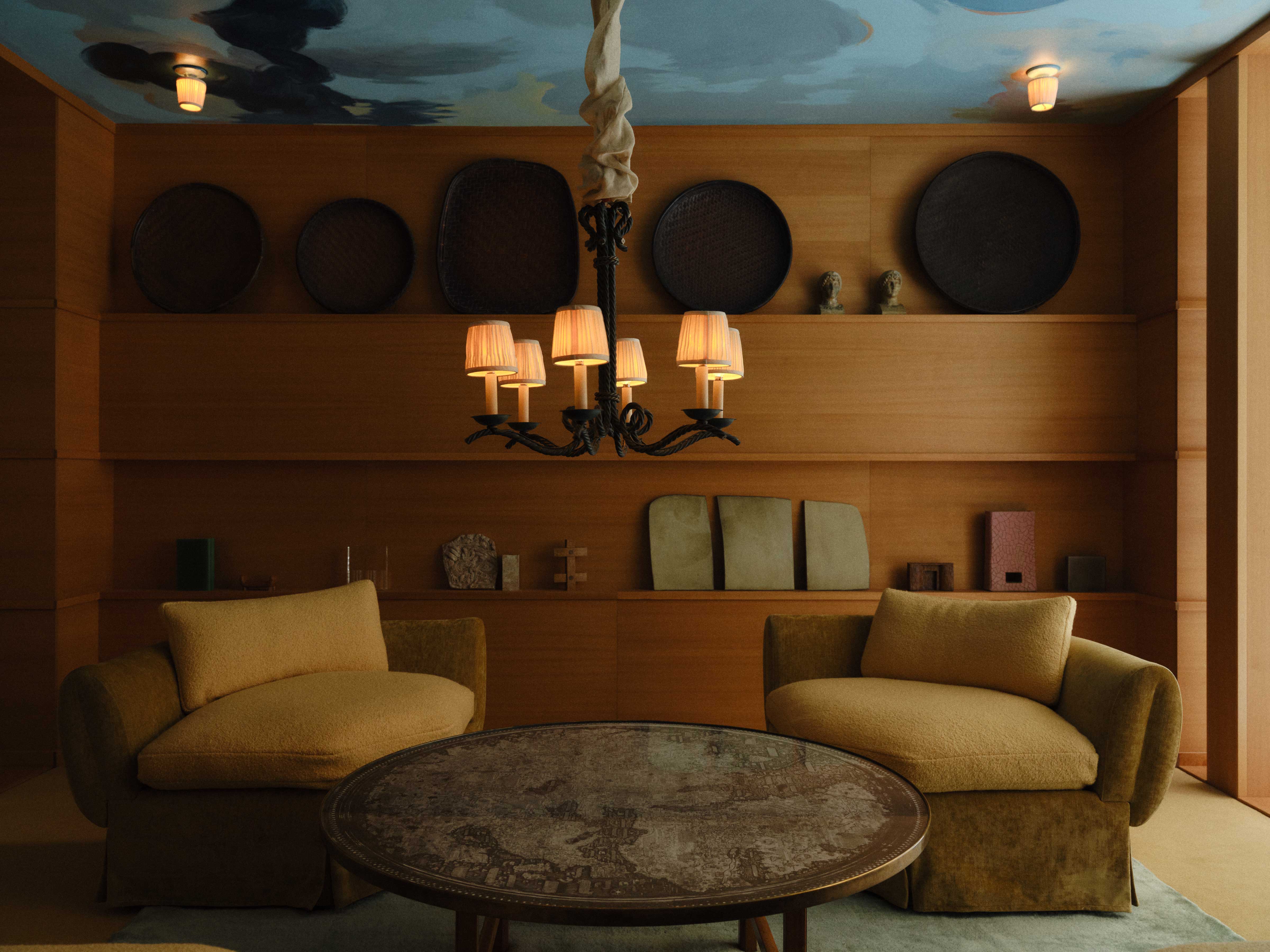
Since launching his own practice in 2016, New York-based designer Giancarlo Valle has quickly evolved a distinct style that interprets history and craft in contemporary yet unexpected ways. With a variety of residential, commercial and hospitality projects that demonstrate this approach under his belt, as well as a growing product line, it was time for Valle to find a showroom space to exhibit his products, welcome visitors, and host events.
Giancarlo Valle Annex, Tribeca

When an opportunity arose to take over the former Patrick Parrish Gallery space at 50 Lispenard Street in Tribeca, a mere stone’s throw from Valle’s Canal Street studio, the team jumped at the chance. With soaring ceilings and a long narrow footprint typical of the cast-iron buildings in the area, the gallery encompasses 3,000 square feet across ground and basement levels. The designer’s intention is to use the space, named Annex, as an ever-evolving expression of his brand, which will slowly be updated, reorganised and added-to over time.
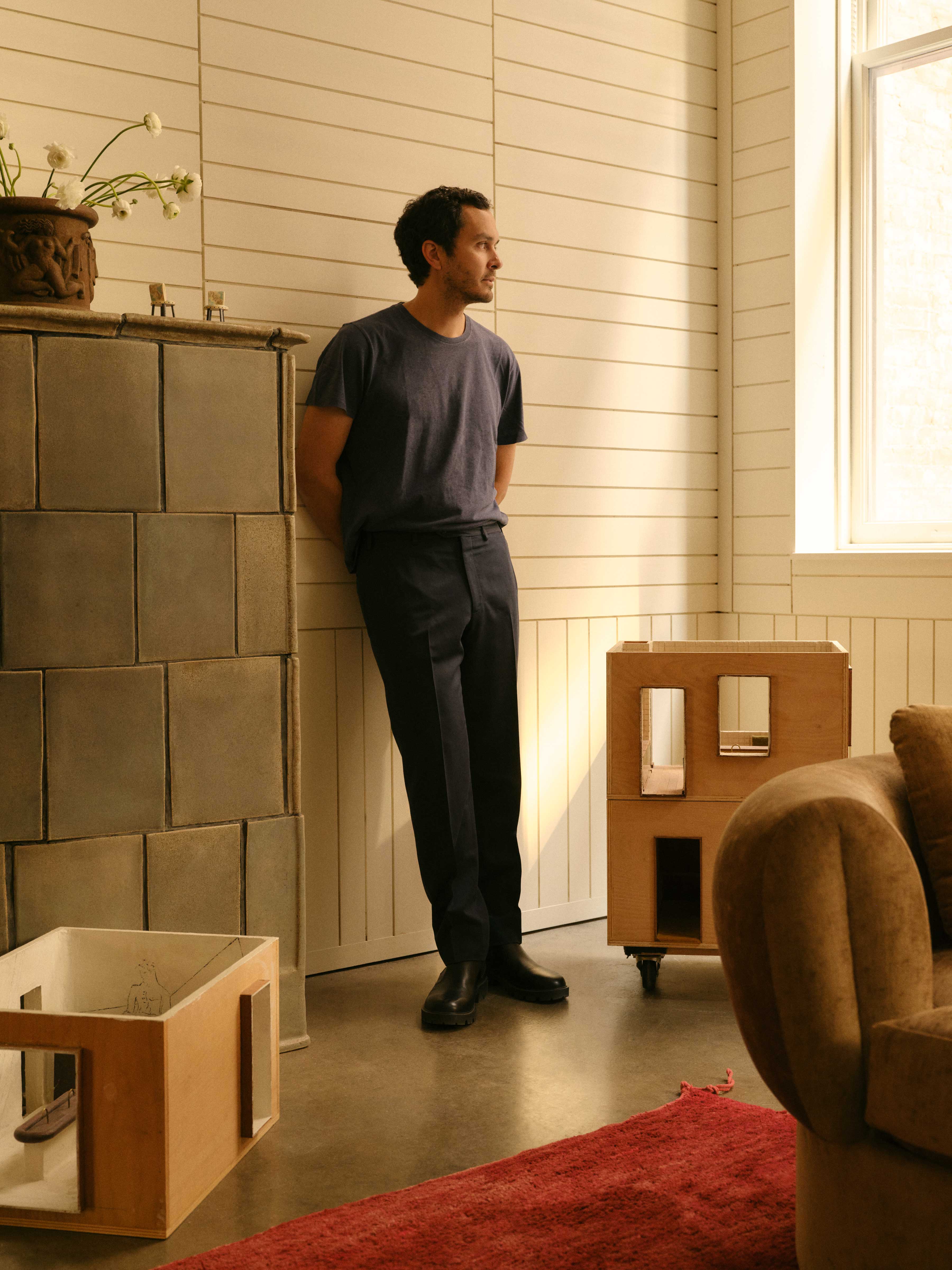
As with all of the studio’s projects, Valle and his team deeply researched the history of the neighbourhood from the outset, in order to gain contextual insights that could inform their approach to the interior design. Going back to pre-industrialized New York, they learned about the marshland origins and waterways that once occupied the stretch of land between what’s now Tribeca, Chinatown and City Hall. 'A lot of people don't know, but there used to be this huge pond called the Collect Pond in the middle of this area,' Valle tells Wallpaper*. 'And there was an entire little community built around it.'

Specifically, a small 18th-century dwelling recorded beside the pond caught the designer’s attention, and became the muse for the Annex interior. Based on a historic photo found in the New York City Library archives, Valle commissioned ceramic artist Matt Merkel Hess to create tiles for a fireplace surround that depict the house beside the pond. Also in keeping with this spirit, white clapboard panels line the walls of the upper floor, though arranged in a more haphazard pattern than would be traditionally. 'The idea was to recreate a clapboard house that’s very humble, but then blown up to an industrial-sized gallery space,' Valle says.

At the entrance to the Annex is a scale model of the space beyond, which demonstrates the studio’s love of creating physical models when designing interiors. Offering insights into the process used by Valle and his team, several more maquettes depicting past projects are presented throughout the gallery, which itself has been treated like a giant model of sorts. 'We wanted to treat [the Annex] as an extension of the way we design our projects,' Valle says. 'This is almost like a one-to-one model.'

Meanwhile, 'the ghosts of Patrick’s gallery layout' remain visible across the concrete floor, in reverence to its former life. Valle’s furniture pieces, many of which are fabricated locally, are overlaid through the space alongside vintage cast-iron vessels from Sweden and a variety of other early 20th-century antiques that the designer has amassed—many of which will be rehomed in future interior projects.

In the basement, where the ceiling height is much lower, cedar panelling accentuates the more intimate vibe. A central area is arranged like a living room, with soft seating positioned around a vintage Josef Frank table that’s topped with a historical map of the world. Models, material experiments, ceramics and sculptures are displayed on narrow shelves either side, while the ceiling is painted by artist Marion Kadi to evoke a stormy sky. At the back, a glazed sunroom hosts a metal bar counter that can double as a conference table. Pale green-grey stone covers the floor and lower portions of the walls, detailed with hand-painted 'rivets' that add a touch of whimsy.
Receive our daily digest of inspiration, escapism and design stories from around the world direct to your inbox.
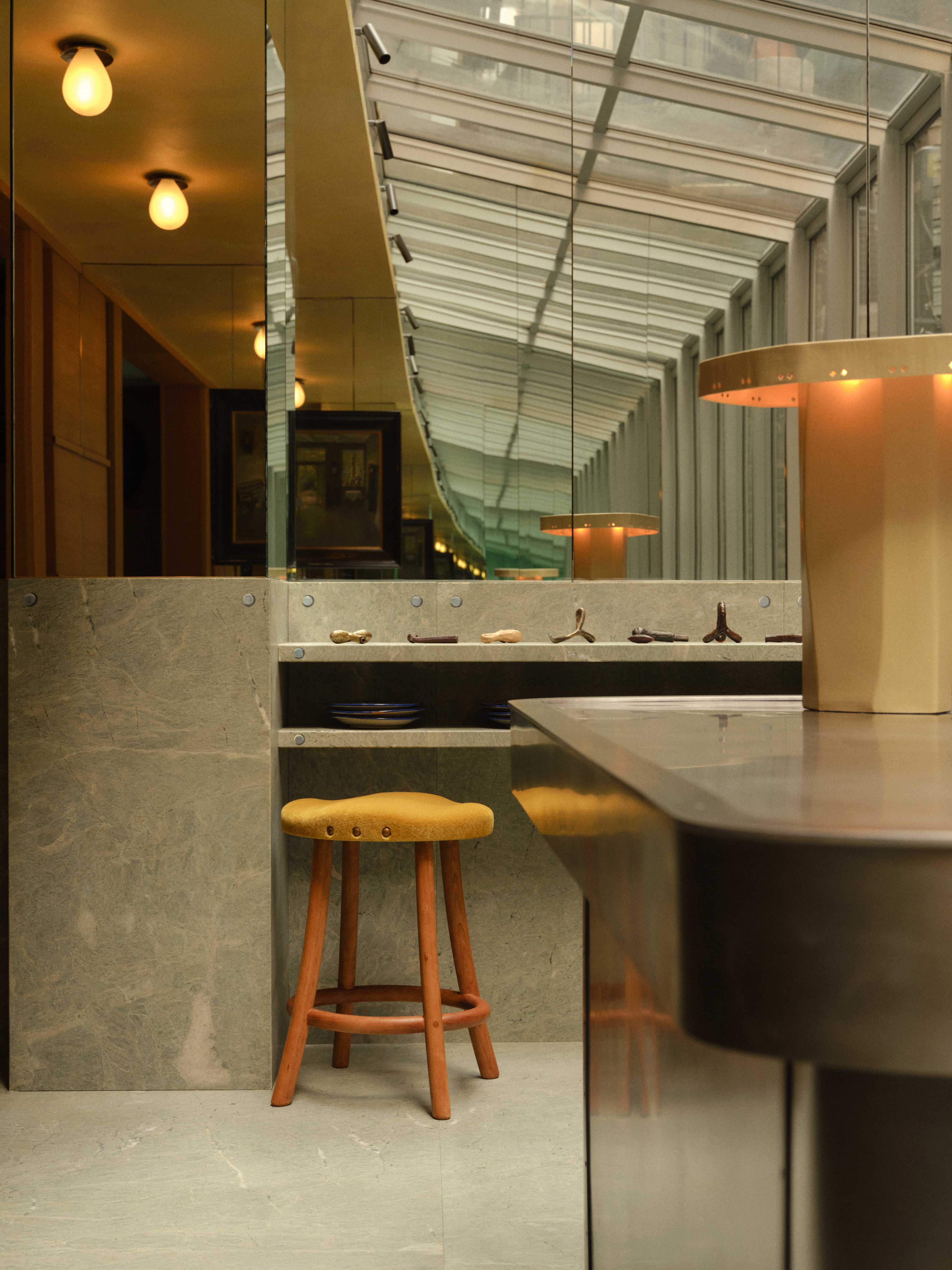
Throughout the gallery, Valle plans to exhibit the work of other contemporary makers, slowly introducing them in the same way that he is gradually developing his own furniture range—as opposed to adhering to the typical cycle of seasonal or annual launches. The opening of the Annex also comes as Tribeca is experiencing a boom in design studios, showrooms and galleries. Valle this puts down to many 10-year leases expiring in the area at once, as well as a critical mass developing around the existing creative community. “There's an energy that seems to have shifted here and become more consolidated,” he says. “There’s always been some design studios around here, but it feels like it’s received an injection.”
Giancarlo Valle Annex is open to the public Tuesday to Sunday
50 Lispenard St
New York, NY 10013
Dan Howarth is a British design and lifestyle writer, editor, and consultant based in New York City. He works as an editorial, branding, and communications advisor for creative companies, with past and current clients including Kelly Wearstler, Condé Nast, and BMW Group, and he regularly writes for titles including Architectural Digest, Interior Design, Sight Unseen, and Dezeen, where he previously oversaw the online magazine’s U.S. operations. Dan has contributed to design books The House of Glam (Gestalten, 2019), Carpenters Workshop Gallery (Rizzoli, 2018), and Magdalena Keck: Pied-À-Terre (Glitterati, 2017). His writing has also featured in publications such as Departures, Farfetch, FastCompany, The Independent, and Cultured, and he curated a digital exhibition for Google Cultural Institute in 2017.
-
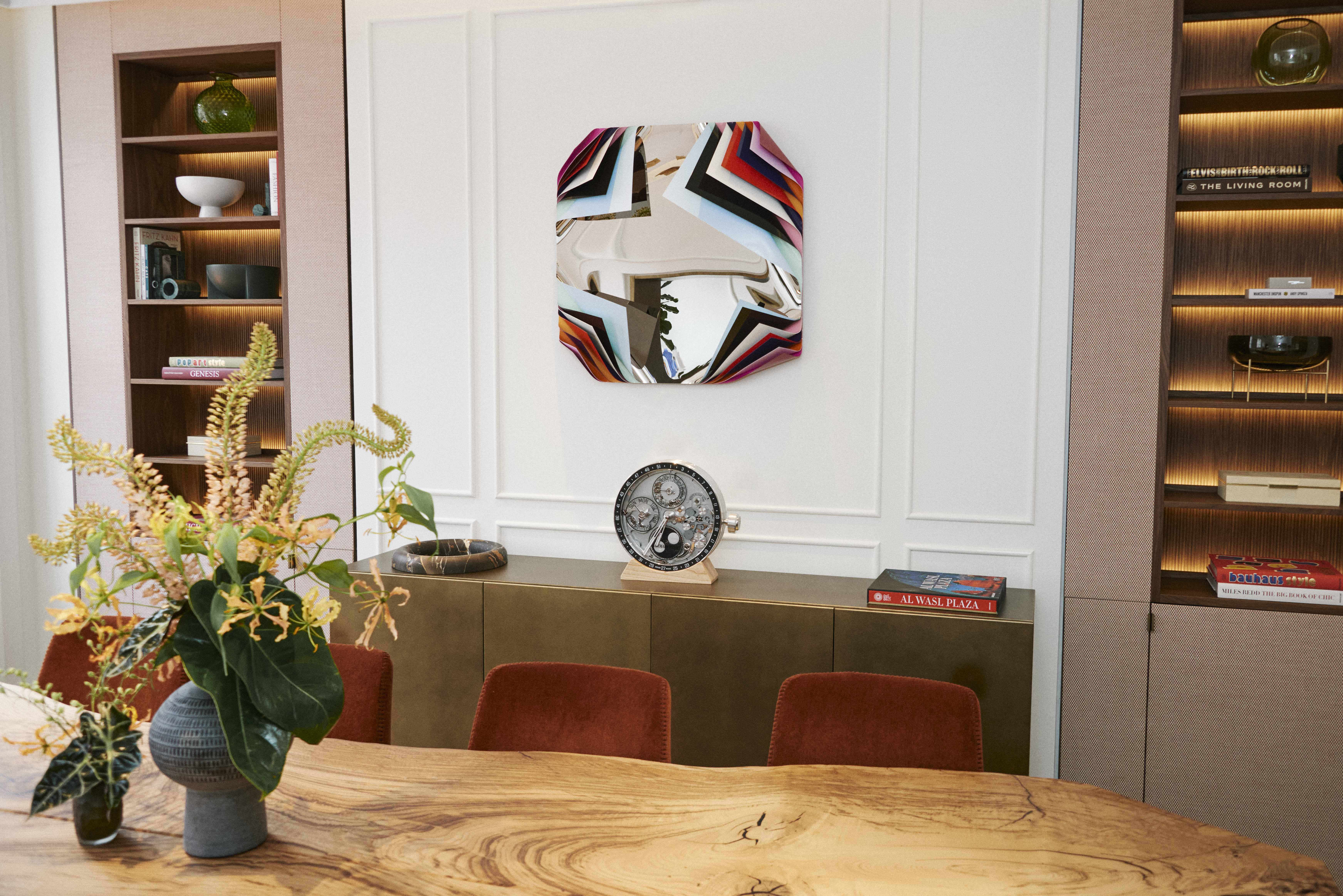 Vinyl, darts, and design: how Audemars Piguet reimagined the watch boutique for Manchester
Vinyl, darts, and design: how Audemars Piguet reimagined the watch boutique for ManchesterThe latest AP House from watchmaker Audemars Piguet displays design codes that nod to the legacy of its location
-
 Copenhagen’s Noma opens its first café and flavour shop
Copenhagen’s Noma opens its first café and flavour shopOEO Studio transforms the former entrance to the three-Michelin-starred restaurant into a tactile space inspired by laboratory precision
-
 Designing Luca Guadagnino’s ‘After the Hunt’: ‘sets like these are a gift to actors’
Designing Luca Guadagnino’s ‘After the Hunt’: ‘sets like these are a gift to actors’Production designer Stefano Baisi tells Wallpaper* about creating a multilayered visual universe that both faithfully recreates the film's Yale setting and helps enhance each character's story
-
 Meet Goodesign, the modular furniture studio with big dreams
Meet Goodesign, the modular furniture studio with big dreamsWallpaper* speaks to Emmanuel Popoteur, the self-taught designer behind New York’s Goodesign, a studio creating intuitive, adaptable furniture for modern living
-
 Five things we loved at ICFF this year
Five things we loved at ICFF this yearFrom ceramic sconces to inflatables, here's the furniture and lighting that caught our eye
-
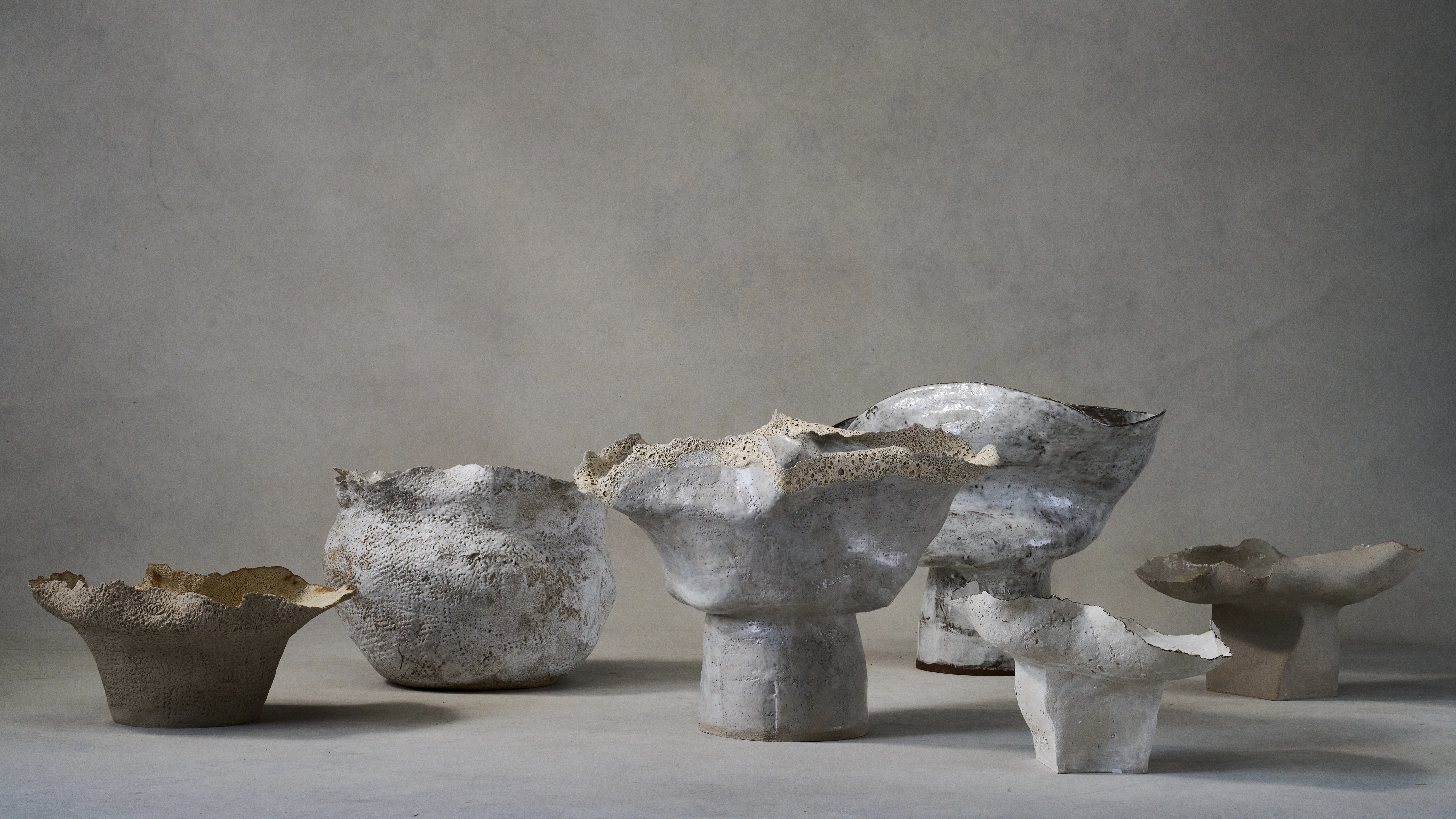 Ludmilla Balkis’ organic, earthy ceramics embody the Basque countryside
Ludmilla Balkis’ organic, earthy ceramics embody the Basque countrysideThe sculptor-ceramicist presents a series inspired by and created from found natural objects in a New York exhibition
-
 Designer Danny Kaplan’s Manhattan showroom is also his apartment: the live-work space reimagined
Designer Danny Kaplan’s Manhattan showroom is also his apartment: the live-work space reimaginedDanny Kaplan’s Manhattan apartment is an extension of his new showroom, itself laid out like a home; he invites us in, including a first look at his private quarters
-
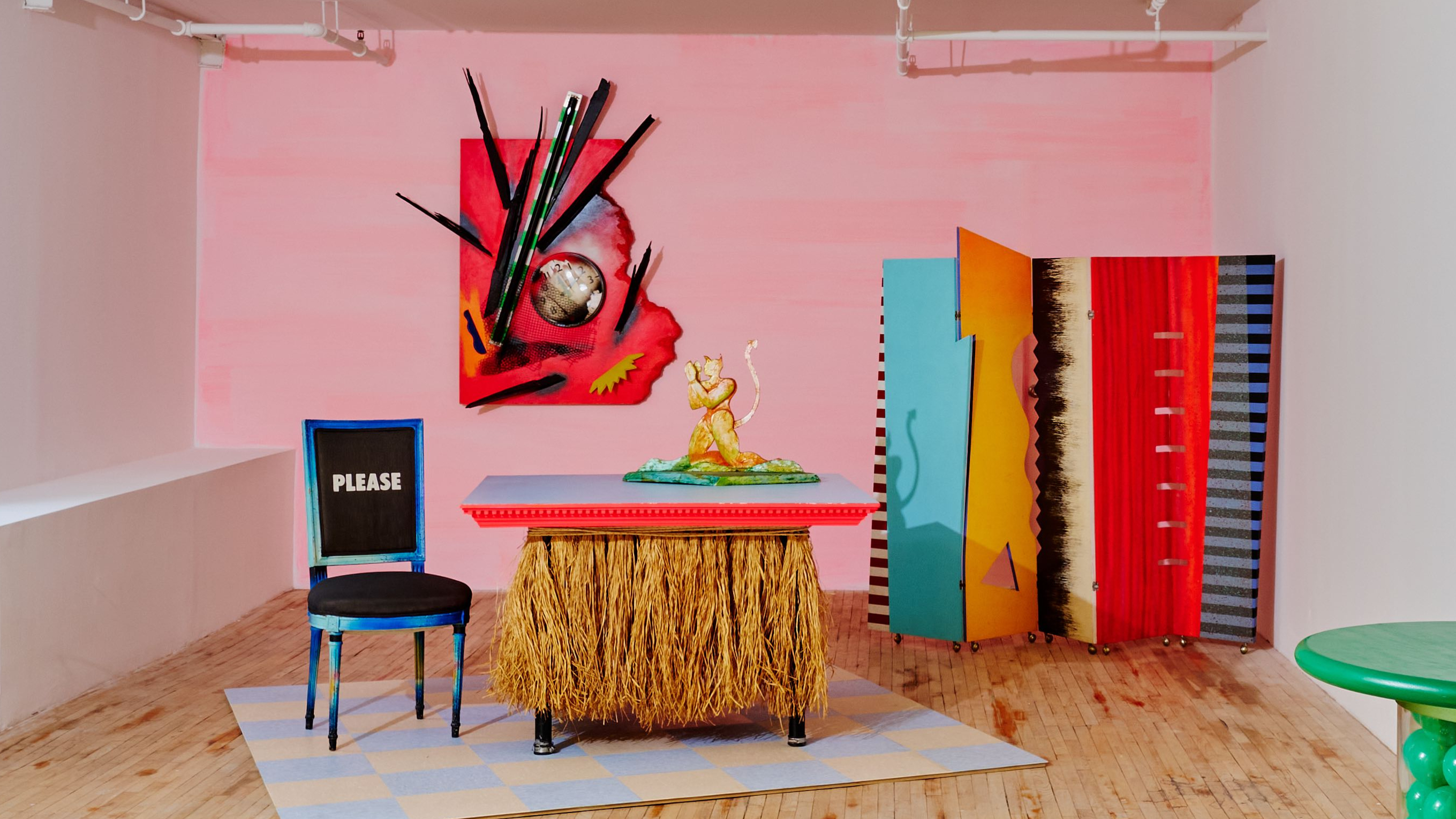 New Superhouse show captures the rebellious spirit of Dan Friedman’s Manhattan apartment
New Superhouse show captures the rebellious spirit of Dan Friedman’s Manhattan apartmentIn the late 1970s, graphic designer and artist Dan Friedman transformed his apartment into a Day-Glo laboratory of ideas. Now, a new exhibition at Superhouse in New York revisits his vibrant, rebellious world
-
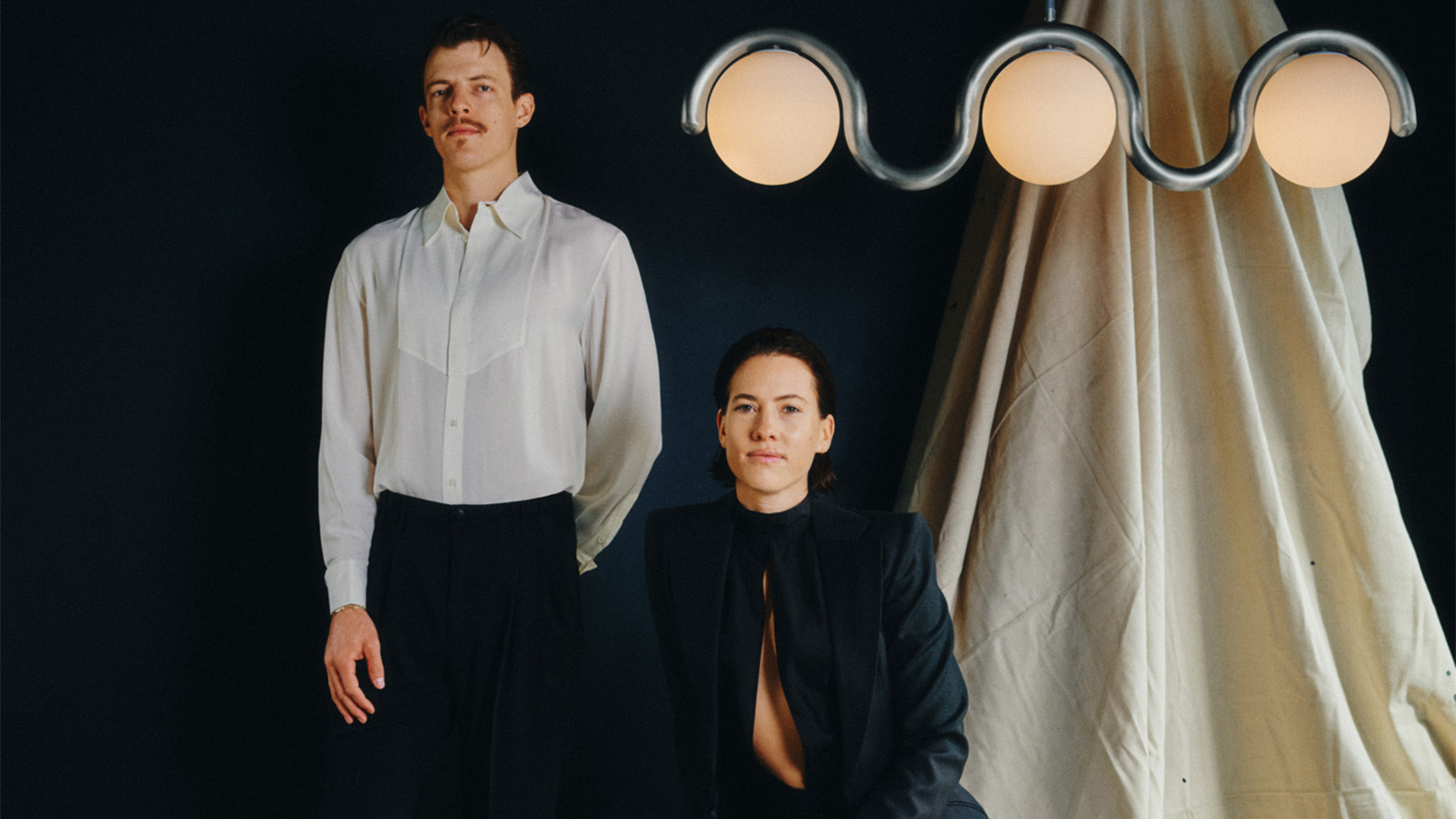 Design practice Astraeus Clarke is inspired by cinema to tell a story and evoke an emotion
Design practice Astraeus Clarke is inspired by cinema to tell a story and evoke an emotionIn a rapidly changing world, the route designers take to discover their calling is increasingly circuitous. Here we speak to Chelsie and Jacob Starley the creative duo behind Astraeus Clarke
-
 Hella Jongerius’ ‘Angry Animals’ take a humorous and poignant bite out of the climate crisis
Hella Jongerius’ ‘Angry Animals’ take a humorous and poignant bite out of the climate crisisAt Salon 94 Design in New York, Hella Jongerius presents animal ceramics, ‘Bead Tables’ and experimental ‘Textile Studies’ – three series that challenge traditional ideas about function, craft, and narrative
-
 One to Watch: designer Valerie Name infuses contemporary objects and spaces with historical detail
One to Watch: designer Valerie Name infuses contemporary objects and spaces with historical detailFrom vessels to furnishings and interiors, New York- and Athens-based designer Valerie Name finds new relevance for age-old craft techniques